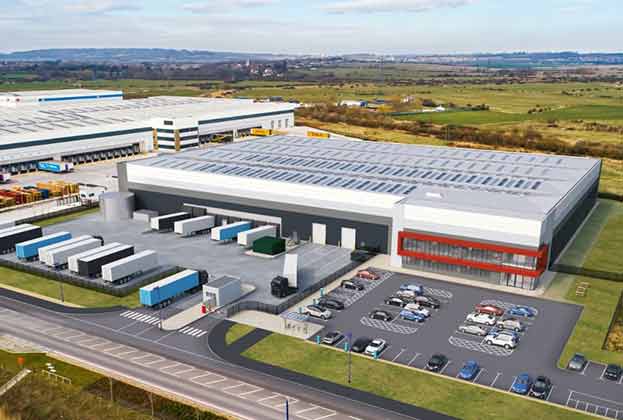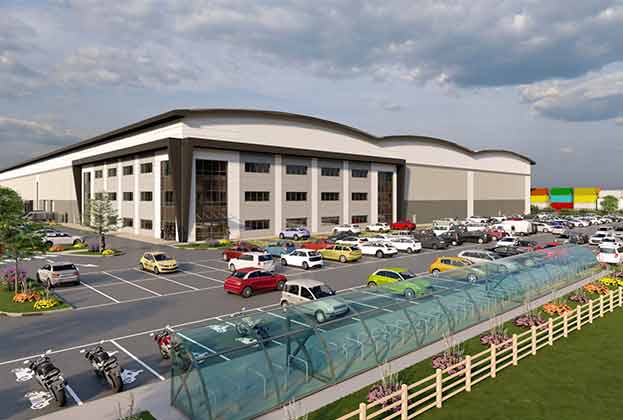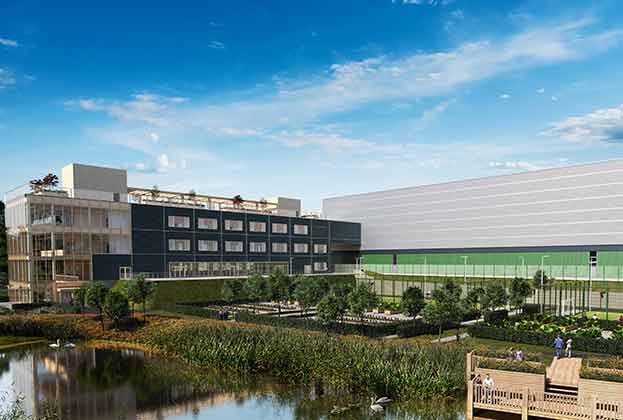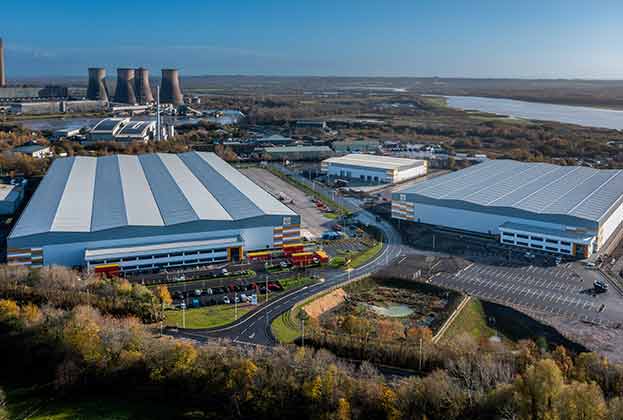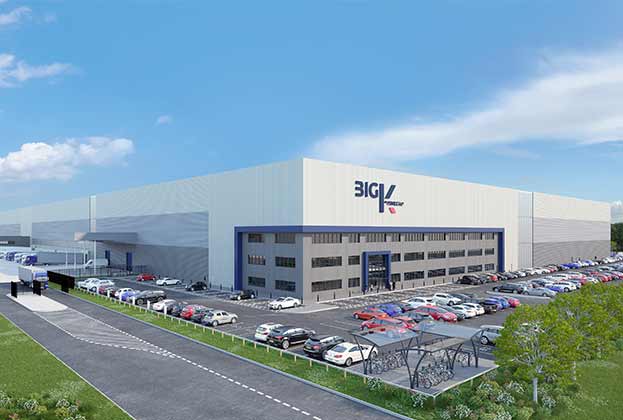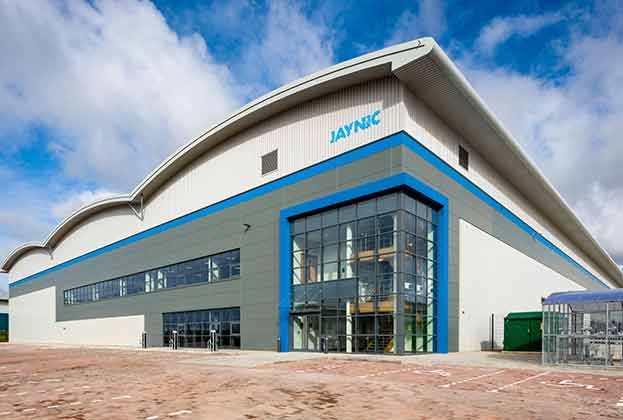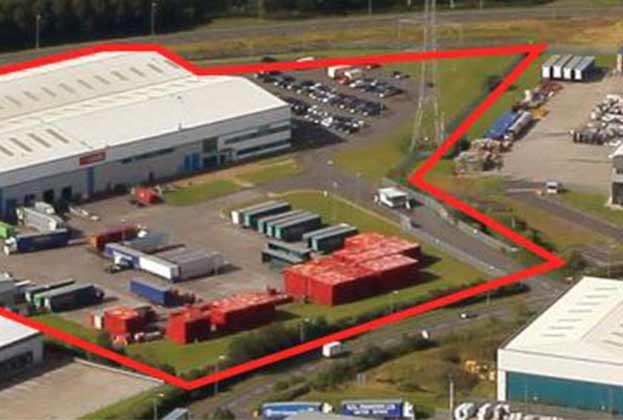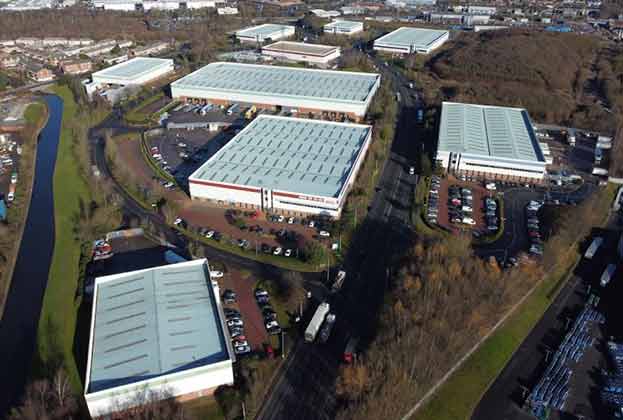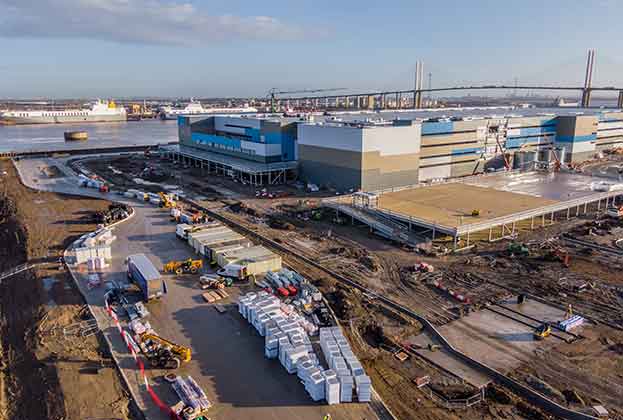Supply has increased, yet 41% is currently under offer
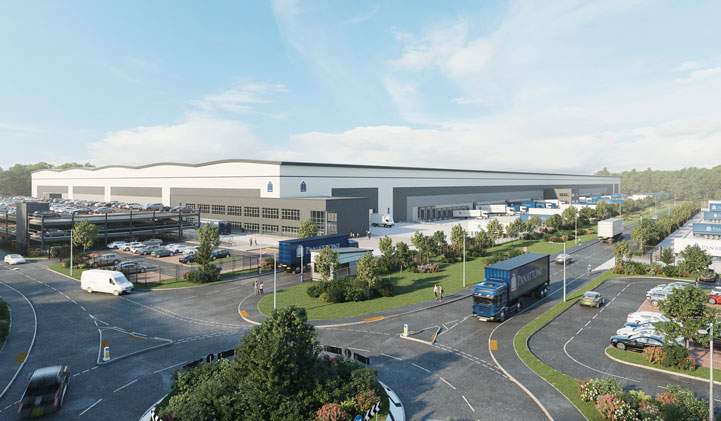
Panattoni Park Avonmouth, providing 882,000 sq ft and 406,000 sq ft of speculatively developed space. Savills is the agent
Take-up in 2022 has been the best on record as occupiers continue to commit to large build-to-suit units in the region – 73% of take-up was in the South West and 27% in Wales. We have, however, seen an increase in large manufacturing units returning to the market in Wales, which has increased the vacancy rate in the region to 8.73%. Many of these second-hand units have received interest from investors for redevelopment
Rob Cleeves, Director, Bristol
Supply
The supply of units over 100,000 sq ft currently stands at 4.36m sq ft across 18 units. There is 3.57m sq ft available in Wales and 0.77m sq ft in the South West. The largest unit on the market is the Former Ford Factory in Bridgend, Wales, comprising 1.6m sq ft – it’s currently under offer and set to exchange in Q1 2023. In isolation, the South West market is chronically undersupplied, with a vacancy rate of 2.05%.
The quality balance is heavily skewed towards lower-quality units; just 16% of space available across the regions is classified as Grade A, 11% is Grade B, and 73% is Grade C.
In terms of unit size, 78% of the available units are within the 100,000–200,000 sq ft size band, 6% within the 200,000–300,000 sq ft size band, 11% within the 300,000–400,000 sq ft size band, and 6% over 500,000 sq ft.
When the units under offer complete early next year, the vacancy rate across the South West and Wales will fall dramatically to 5.15%. It is noted a region will continue to see rental growth as long as vacancy rates are <12%.
Take-up
Take-up in the South West and Wales has been the best on record, reaching 5.95m sq ft across 27 transactions. To compare, the region, on average, sees 2.69m sq ft transacted per annum across 11 transactions. The region's cheaper rents and able workforce have led occupiers to target good-quality existing units. In terms of grade, 46% of space transacted this year has been built-to-suit, 4% has been new speculatively developed space, and 50% has been second-hand space. The region, on average, sees the majority (53%) of space transacted per annum being second-hand space due to the lack of new units. In terms of grade, 54% of space transacted in 2022 was Grade A space, 32% was Grade B space, and the remaining 14% was Grade C.
Occupier preference continues to revolve around smaller-size units, with 70% of transactions by unit count being within the 100,000–200,000 sq ft size band, 15% within the 200,000–300,000 sq ft size band, 7% the 300,000–400,000 sq ft size band, 4% within the 400,000–500,000 sq ft size band, and 4% over 500,000 sq ft. The average deal size this year reached 220,382 sq ft.
Online retailers were the most active this year, accounting for 38% of all space transacted, which was followed by manufacturers at 25%. 3PLs accounted for 18% in the 'other' category.
Development pipeline
There is 1.86m sq ft under construction through five units across the region. There are two units under construction within the 100,000–200,000 sq ft size band, one unit in the 300,000–400,000 sq ft size band, one within the 400,000–500,000 sq ft size band, and one unit over 500,000 sq ft.
Read the articles within Big Shed Briefing below.
.jpg)
